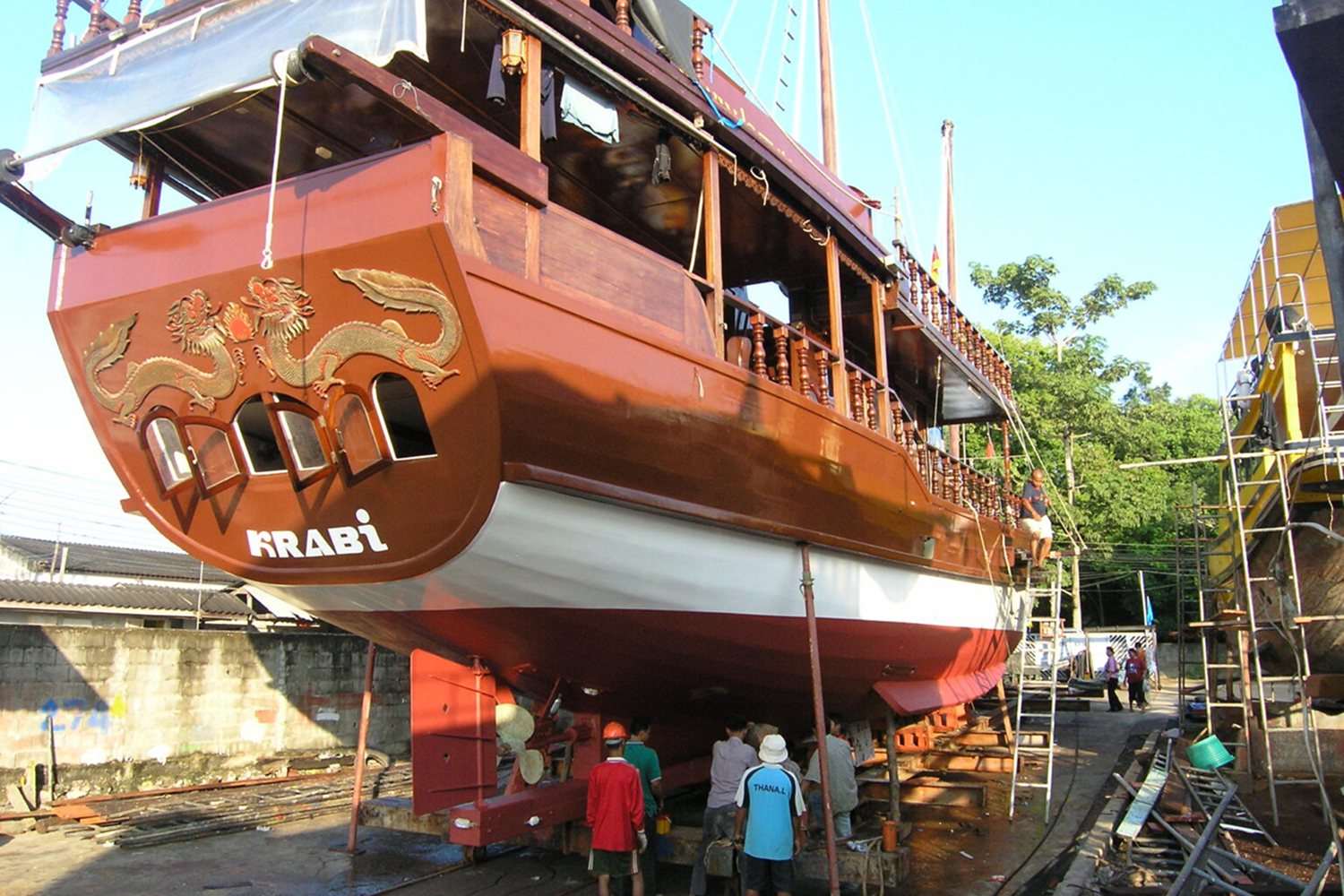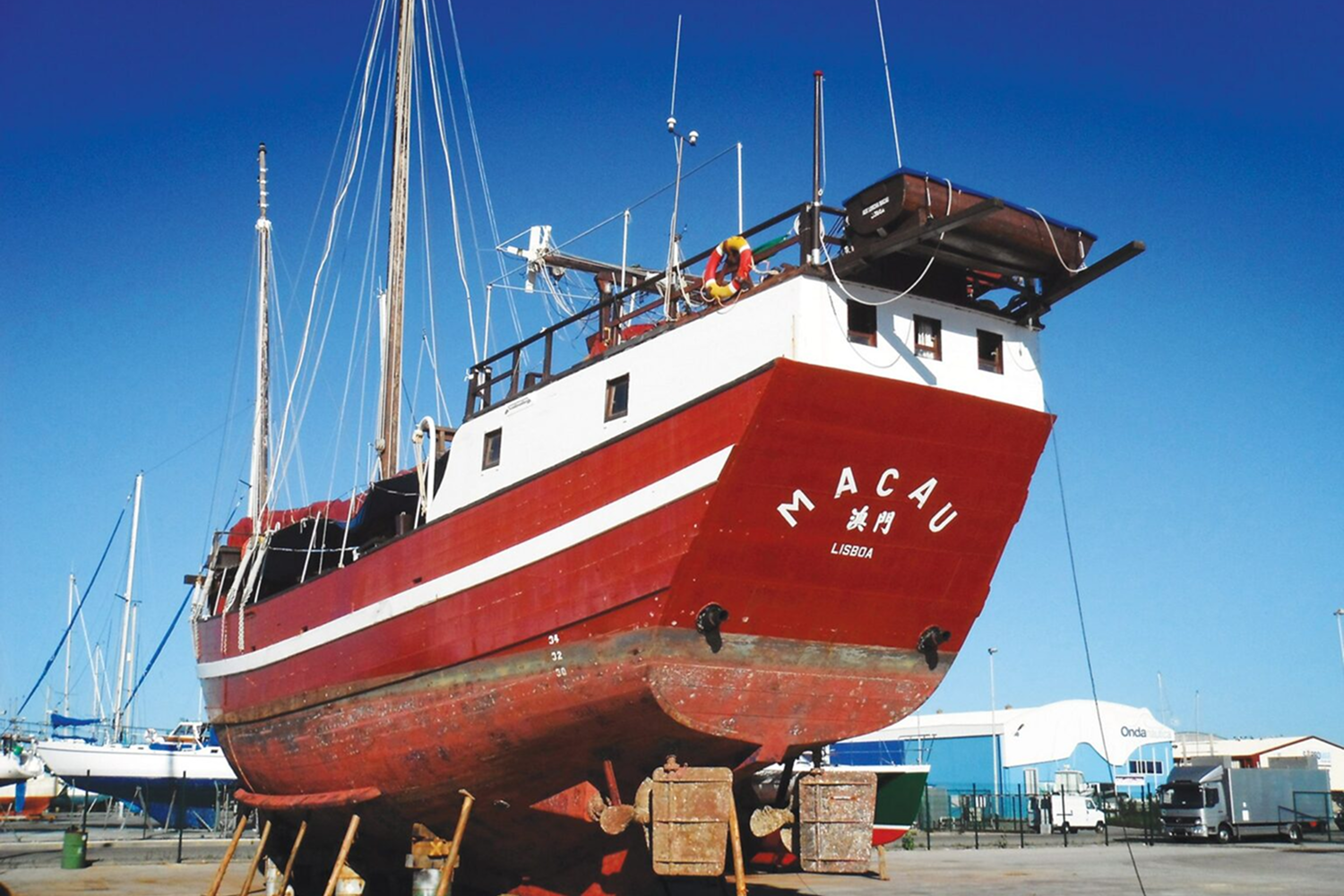From the Shadow of Pirates to the Dragon Lady
“Dauw Talae 2” of the Andaman Sea.
Die Geschichte der Lorcha
Im Jahr 1843 wurde ein neuer Schiffstyp geboren – die Lorcha. Sie war ein kulturelles Hybrid, aus der Not heraus entstanden, aber mit Einfallsreichtum geformt. Portugiesische Seeleute in Macau, die sich gegen chinesische Seeräuber zur Wehr setzen mussten, kombinierten das Beste aus zwei maritimen Welten:
-
Europäischer Rumpf – robust, hölzern und seetüchtig wie die Karavellen der alten Welt.
-
Chinesisches Rigg – mit den legendären Dschunkensegeln, verstärkt durch Bambuslatten, leicht zu handhaben und auch bei starkem Wind stabil.
Diese Verschmelzung schuf ein Wunder seiner Zeit: schnell, wendig, leicht zu manövrieren – perfekt, um Piraten zu bekämpfen und Waren zwischen den Häfen Ost- und Südostasiens zu transportieren.
This fusion created a marvel of its time: fast, agile, easy to maneuver – perfect for fighting pirates and transporting goods between the ports of East and Southeast Asia.
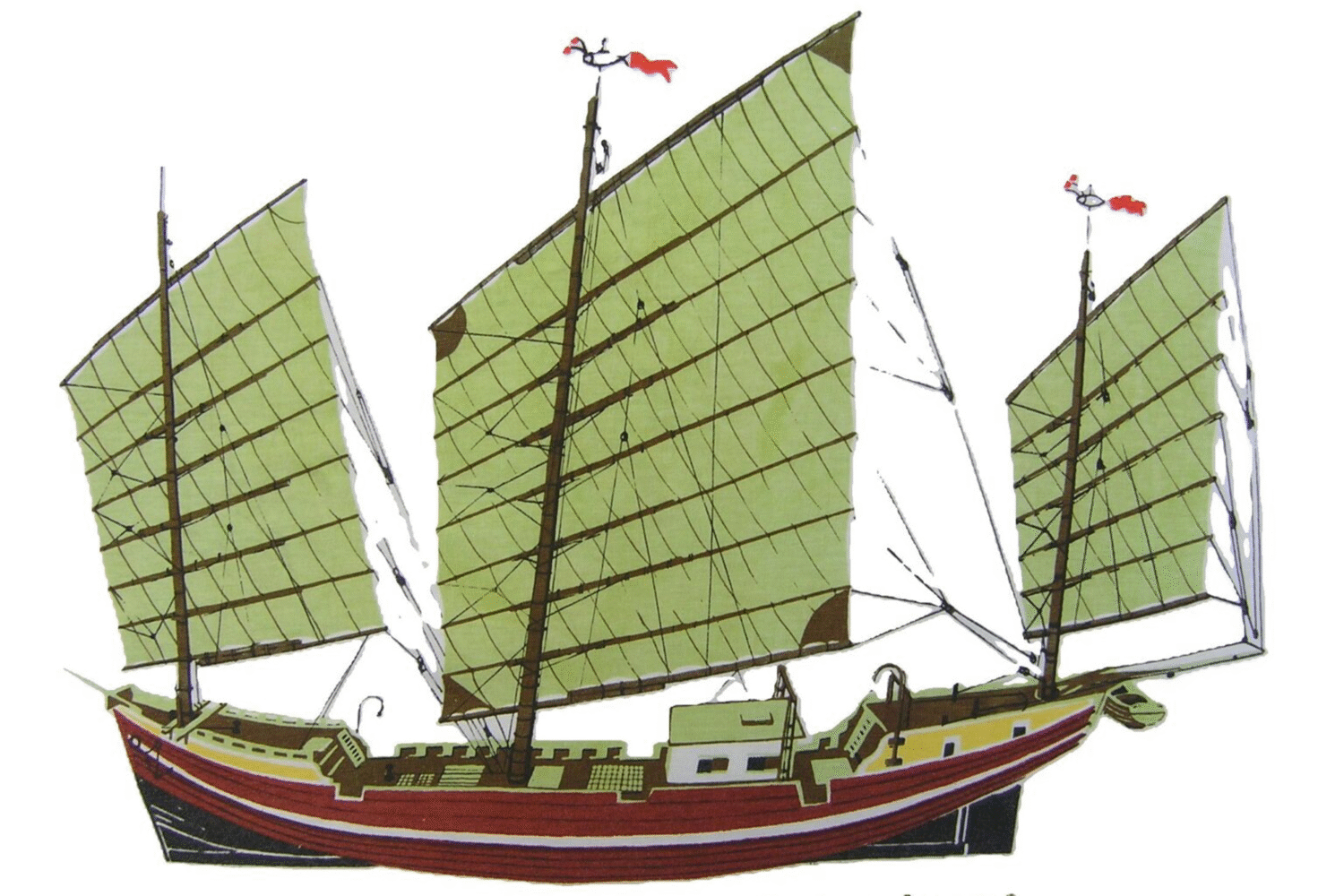

Ein Traum erwacht: Die Dauw Talae 2
Im Jahr 1994 stieß der deutsche Ingenieur Raimund Fehrmann auf einen Bericht über diesen einzigartigen Schiffstyp. Etwas regte sich in ihm – ein Traum von Tradition, Handwerkskunst und tropischen Horizonten. Er fasste den Entschluss, eine neue Lorcha zu bauen, inspiriert von der „Macau“.
Die wenigen vorhandenen Skizzen wurden an die Fachhochschule Münster gebracht, wo sie mit modernster 3D-Software jener Zeit in detaillierte Baupläne umgewandelt wurden. 1995 kaufte Fehrmann wertvolles tropisches Hartholz aus Kambodscha in Bangkok, brachte es nach Phuket und begann mit dem Bau eines fein abgestimmten Nachkommens der Macau.
Im Dezember 1996 war sie fertig: die DAUW TALAE 2 – „Stern des Meeres“ – wurde zu Wasser gelassen, majestätisch und zeitlos. Seitdem segelt sie auf Expeditionen zu tropischen Inseln in der Andamanensee, bringt Gäste zu versteckten Stränden, durch smaragdgrünes Wasser – und hinein in die Geschichte eines fast vergessenen Schiffstyps.

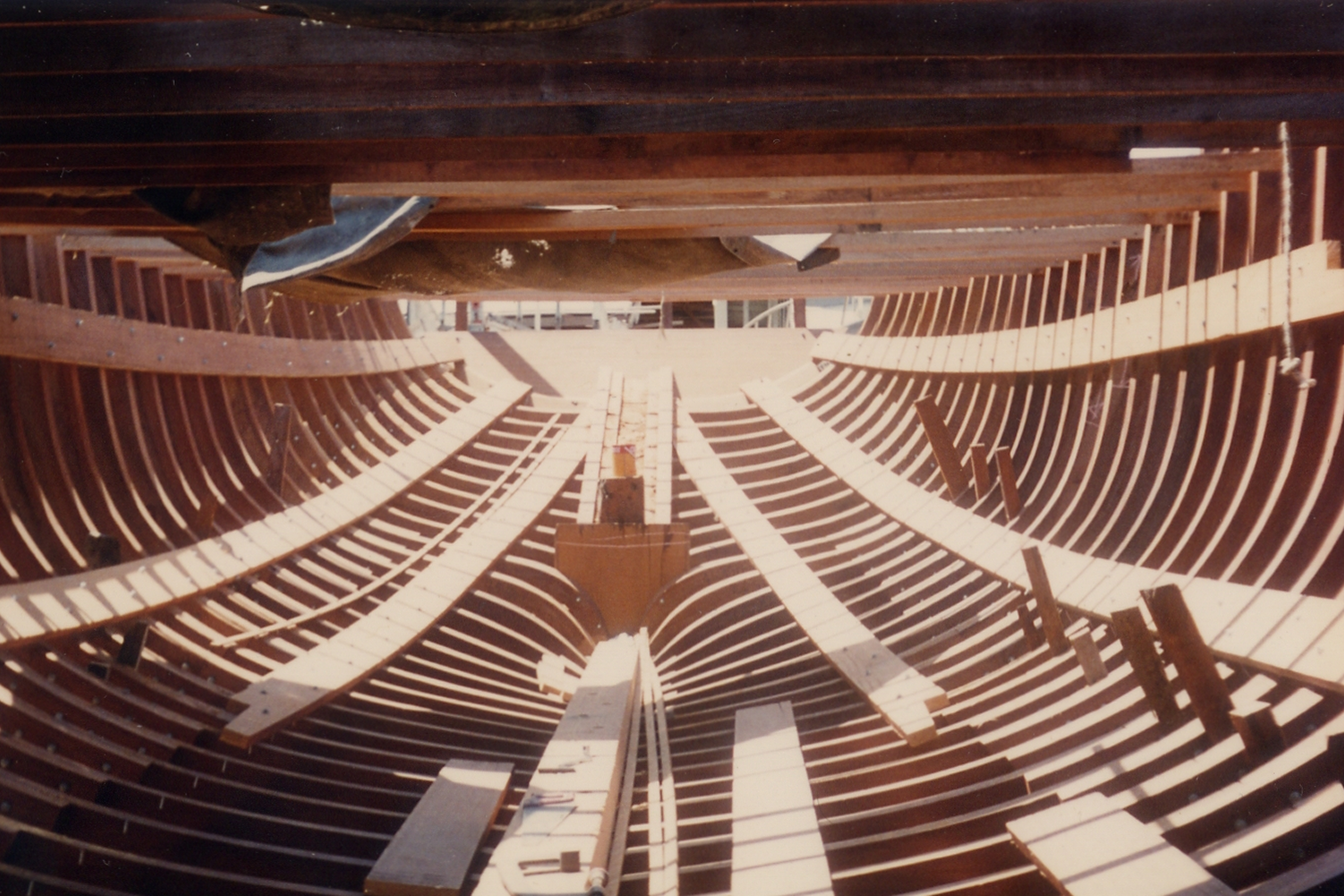
Wiedergeburt: Die „Macau“ (1988)
Mehr als hundert Jahre später, im Jahr 1988, hallte erneut das Klopfen von Hämmern auf Holz durch die Oficinas Navais de Macau. Eine Gruppe von Historikern, Schiffbauern und Seeleuten wagte das Unmögliche: den Nachbau einer Lorcha – trotz fehlender vollständiger Baupläne.
Sie nannten sie „Macau“ – eine Hommage an ihre Heimat.
-
Länge: 26,52 Meter
-
Breite: 6,60 Meter
-
Tiefgang: 3,00 Meter
-
Drei Masten, Dschunkensegel und – an die Moderne angepasst – zwei Cummins-Dieselmotoren
Zunächst diente sie der portugiesischen Marine als Ausbildungsschiff, später wurde sie zur schwimmenden Kulturbotschafterin. Doch im Jahr 2018, nach jahrzehntelangem treuem Dienst, wurde sie in Portugal abgewrackt.
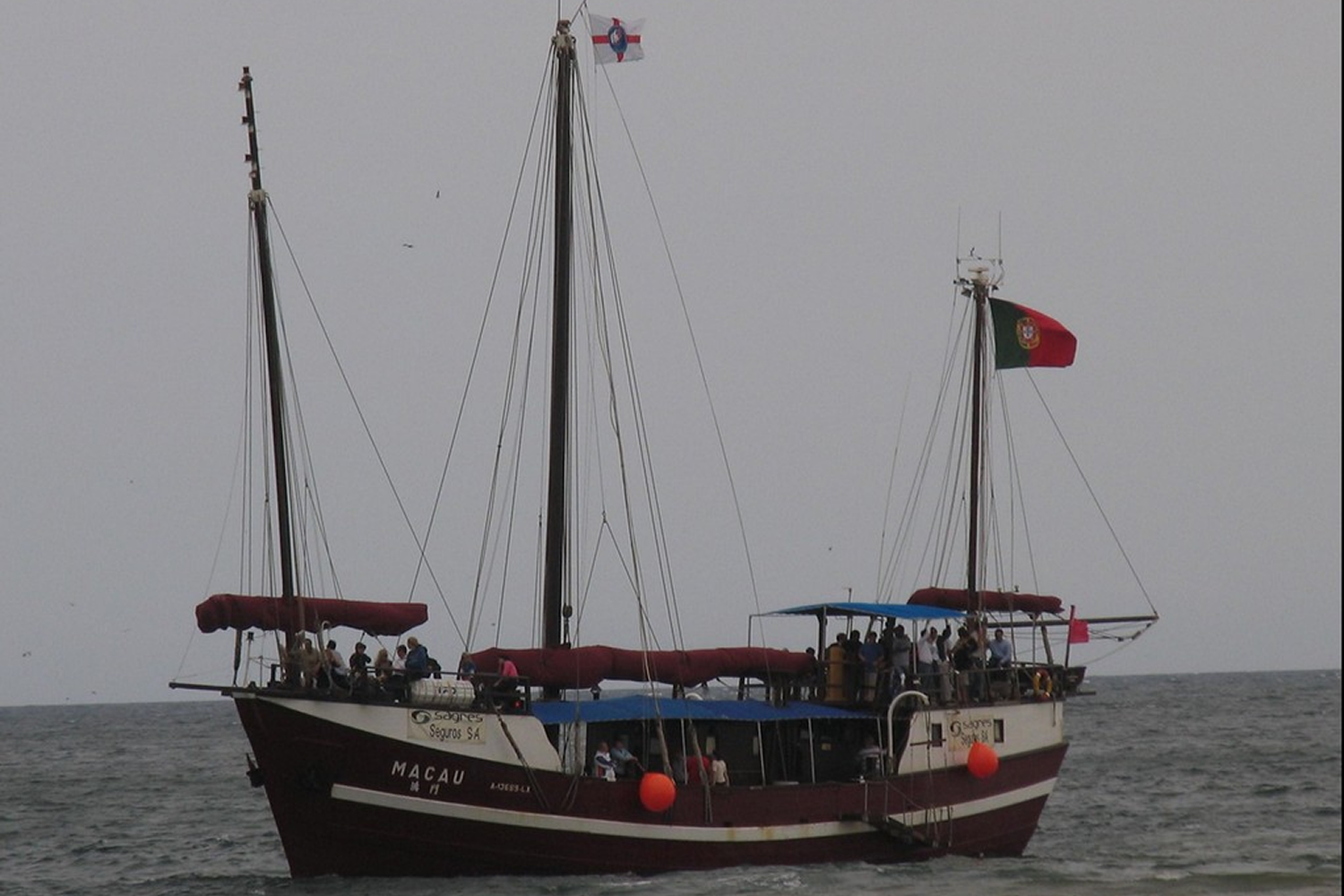
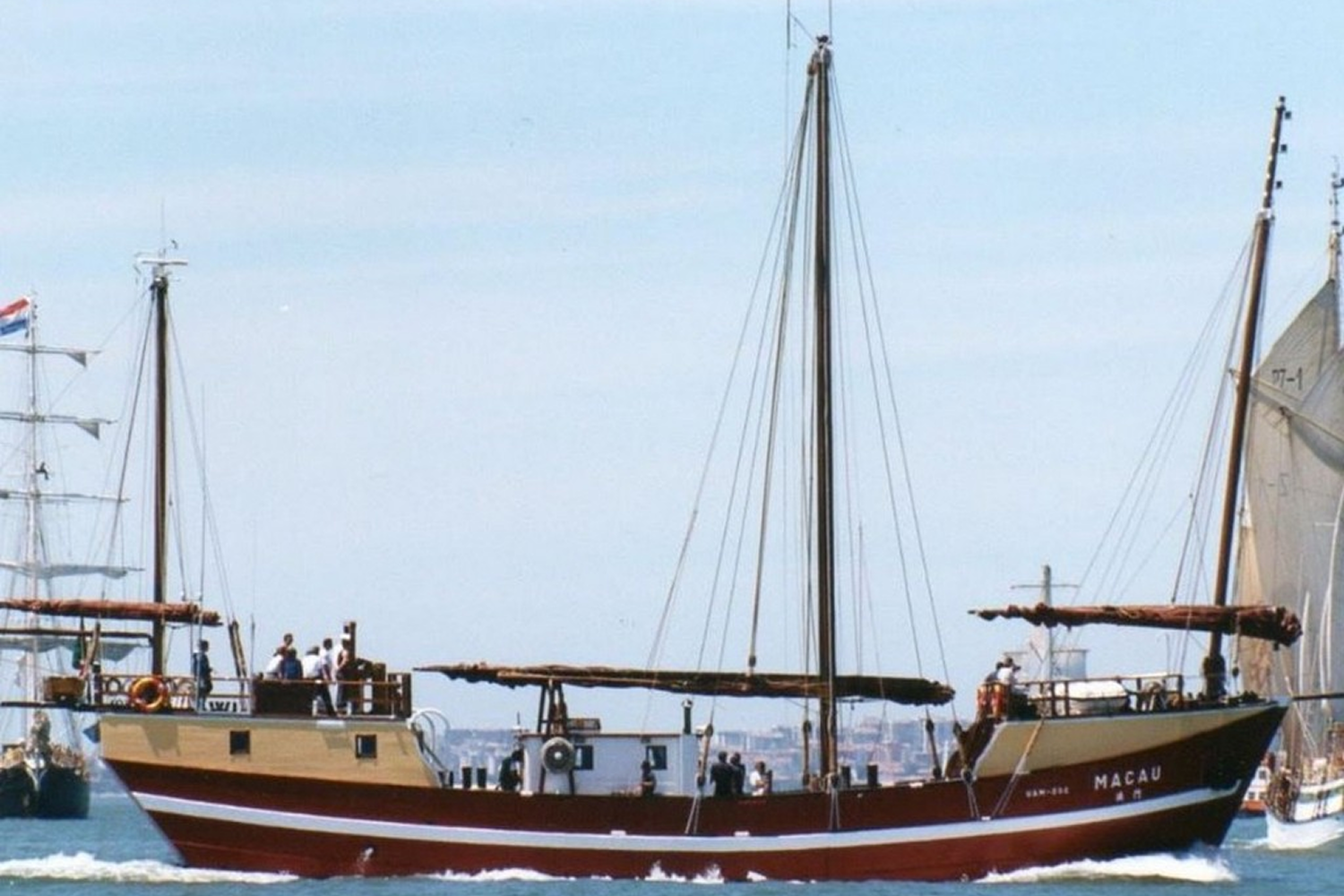
Lorchas im Kampf gegen das Chaos
In den Jahrzehnten danach wurden Lorchas zum Rückgrat des Küstenhandels. Ob zwischen Kanton und Saigon, Manila und Macau – sie waren überall. Einige waren bewaffnet, um die Meere sicherer zu machen, andere transportierten Gewürze, Porzellan und Hoffnung in die entlegensten Winkel Asiens.
Doch die Zeit schritt voran, brachte Dampfschiffe, neue Technologien – und schließlich das Vergessen. Lorchas verschwanden fast vollständig aus dem kollektiven Gedächtnis.
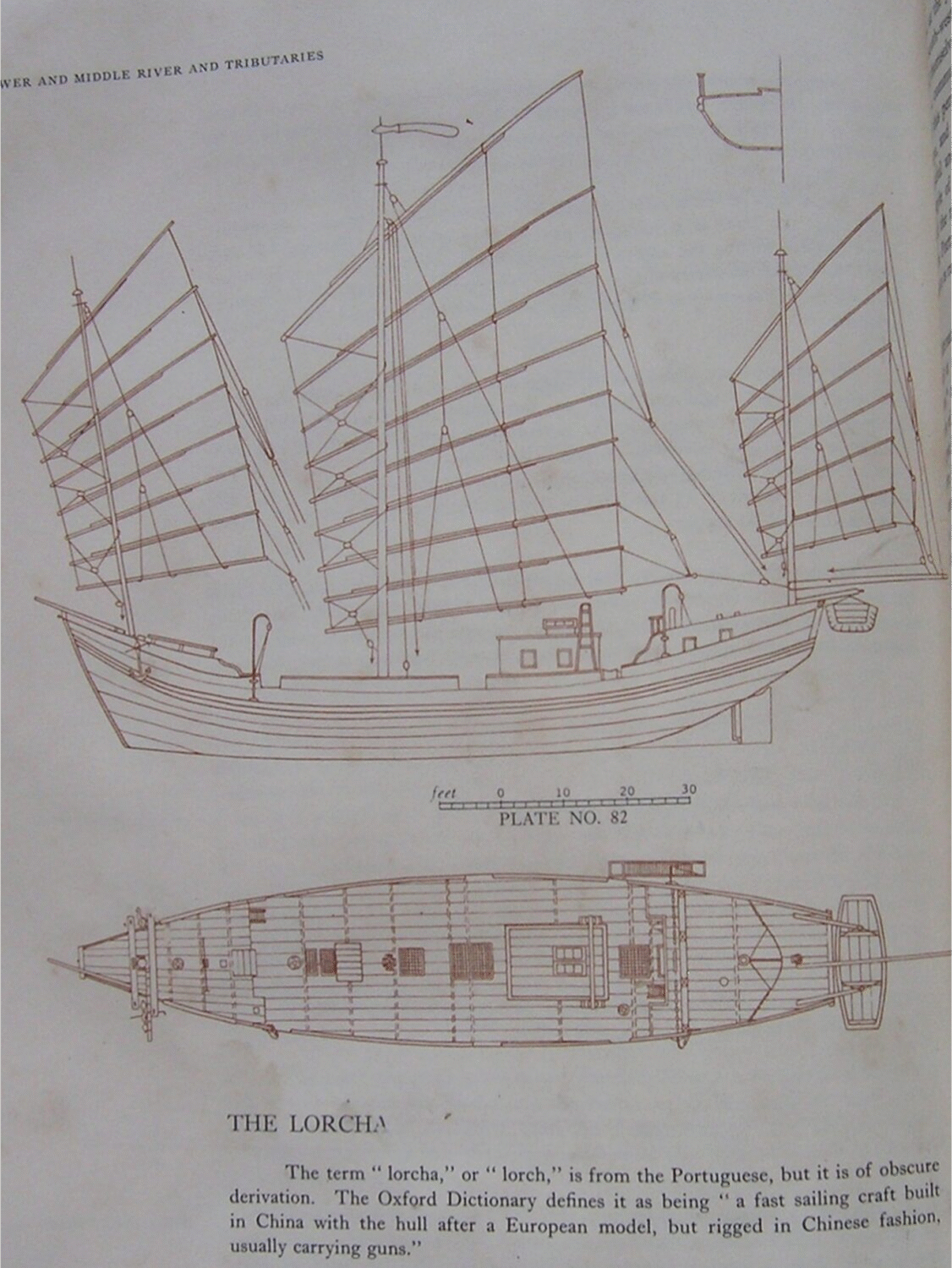
Eine Legende lebt weiter
Von stürmischen Piratenjagden im 18. Jahrhundert bis zu den ruhigen Sonnenuntergängen im Thailand des 21. Jahrhunderts – die Geschichte der Lorcha ist mehr als nur ein Kapitel der Seefahrtsgeschichte. Sie ist ein Zeugnis menschlicher Kreativität, kultureller Verschmelzung und tiefer Liebe zum Meer.
Und solange die DAUW TALAE durch die Wellen gleitet, lebt diese Legende weiter.
Sie ist mehr als ein Schiff – sie ist eine lebendige Drachenlady, eine Brücke durch die Zeit.
